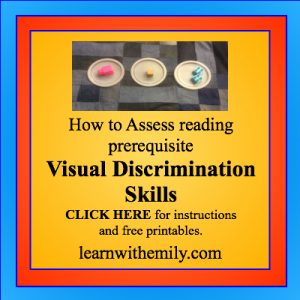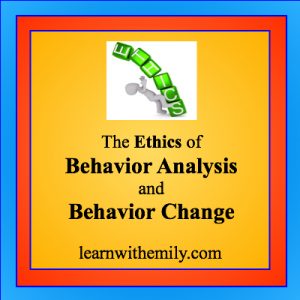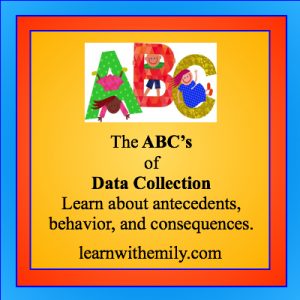Visual discrimination is the ability to distinguish the similarities and differences in the detail of visual input. Visual discrimination is a prerequisite skill for learning to read printed text. There are many layers of visual discrimination, progressing from objects to combinations of letters. This article provides the information you need to evaluate if a child […]
Continue reading









